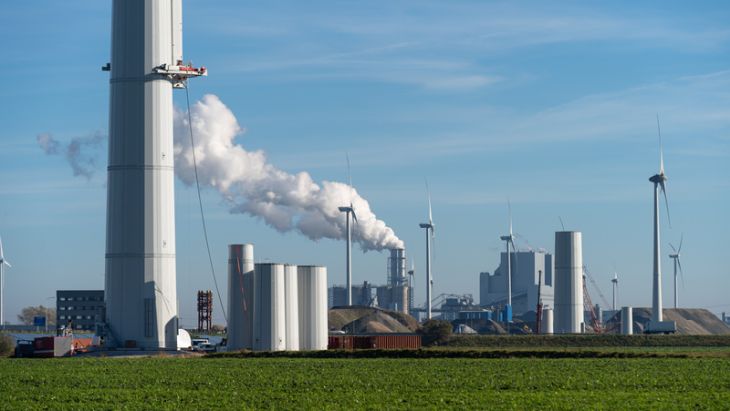There was one piece of information that made some waves in recent months – Romania has surpassed Hungary in terms of GDP per capita. Romania’s per capita GDP (measured at purchasing power parity) reached 76.7% of the EU average in 2022, 0.1 pp above that of Hungary’s. The gap between the two countries will likely widen in 2023, with Hungary facing the second recessionary year among the last four, while growth in Romania is expected to settle around 2%.
Economic development is not granted
In general, small and homogenous populations tend to have better chances to prosperity when given reasonable competent leadership. This is probably the case for Lithuania. With less than 3 million citizens, the country has gained around 15 pp in terms of GDP per capita since 2013, to 90% of the EU average in 2022. More Western Slovenia, with a population of 2 million, has gained around 9 pp in terms of GDP per capita since 2013, to 92% of the EU average in 2022.
Romania’s advancement – more than 22 pp in a decade – is noticeable especially because it is a significantly bigger country with around 19 million citizens. The under-10-million Hungary has gained around 9 pp in terms of GDP per capita since 2013, to 77% of the EU average in 2022. There was stagnation in Portugal (over 10 million) at 77%, and a strong decline of 10 pp in Slovakia (5,4 million people), from 78% in 2013, to 68% of the EU average in 2022.
Part of Romania’s better situation in terms of GDP per capita is based on its ever-worsening situation in terms of the denominator, its population – the country lost around 4 million people in three decades. At the same time, the nominal GDP has increased by more than 50% since 2013, from 189 billion dollars, to over 300 billion dollars. Romania improved its industrial base, with a strong automotive sector making up 28% of the total GDP each year. Agriculture continues to support the country with more than 4% of GDP, while the newly developed IT industry has an estimated 6.2% of GDP.
European money can make the difference
In the case of Romania, European structural funds really made the difference. Since 2007, European money were the main source for investments in infrastructure, a solid factor for national currency stability and reducing national account deficits.
For the next two decades, they will become even more important as European funds become more diverse and are supplemented by national funds. We are in the process of allocating money for energy efficiency, decarbonization, coal phase-out and an increased share of renewables. Romania will receive a total of 31.5 billion euros from Cohesion Policy in 2021-2027 in the framework of its Partnership Agreement with the Commission to promote the economic, social, and territorial cohesion of its regions and its green and digital transition. 6.75 billion euros will be invested in the green transition, in particular in green energy, reduction of carbon emissions, environmental infrastructure, biodiversity conservation, green spaces, risk management, and sustainable urban mobility measures.
The Modernization Fund is dedicated to EU member countries that have lower incomes in order to help them transition to climate neutrality. Romania will benefit from around 15 billion euros through this instrument to invest in new renewable electricity production capacities, urban heating, and gas infrastructure projects to replace coal-fired energy. The country has already received more than 1.1 billion euros.
The National Recovery and Resilience Plan, including a REPowerEU chapter, will make other billions of euros available for energy-related investments. There are also other significant sources of financing, like the Environmental Fund Administration (AFM) programs, financed from the sale of greenhouse gas emission allowances collected to the Environment Fund.
Thus, in a country like Romania, the financing will be not only large, but also directly linked to energy transition targets. This is why Energy Transition has better chances in the developing regions of Europe, like Romania, than in the more developed ones. For the latter, economic arguments come first, and the resistance to change might be stronger. On the other hand, the richer a society, the more sensitive to green objectives its citizens are. It is also a fact that investment projects go faster where the administration is more effective. Such reasons are enough to even the competition among the EU member states in the race for more prosperity and more environmentally friendly societies.

